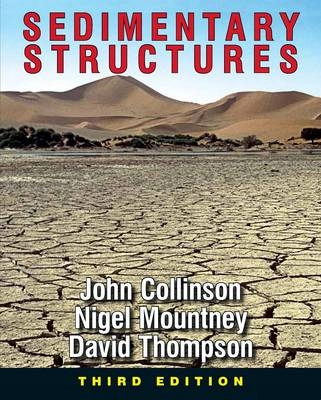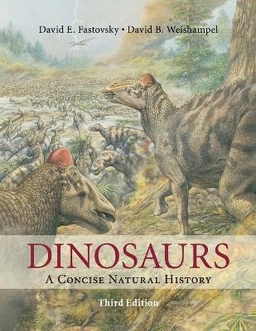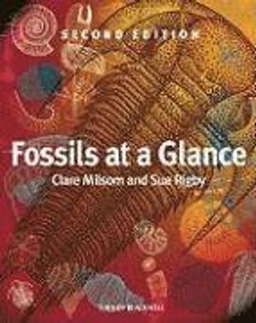Thoroughly revised and with many new illustrations, this classic textbook in elementary sedimentology reaches its third edition 20 years after first publication. Particular attention has been paid to recent advances in the understanding of aeolian processes and bedforms, and in the interpretation of trace fossils. The introduction to environmental interpretation has also been developed to reflect recent advances in stratigraphic thinking. Sedimentary structures sets out a clear methodology and philosophy for understanding both present-day sediments and sedimentary rocks as the products of dynamic processes. The book introduces depositional and post-depositional sedimentary processes in an easily accessible way, and shows, across a wide range of scales, how sedimentary structures can be interpreted in terms of those processes. Sedimentary structures produced by erosion, deposition and post-depositional change are all clearly explained and related to the processes that formed them. Hydrodynamic and aerodynamic controls on the development of subaqueous and aeolian bedforms are discussed, as are the styles of deformation to which sediments can be subjected after deposition.Structures that characterize deposition caused by chemical and biologically influenced processes are explained and illustrated, along with the complex effects of chemical changes and of animal and plant activity in modifying sediments after they have been deposited. The book ends with an introduction to the methods and principles of environmental interpretation, for which it provides an invaluable basis. Sedimentary structures is designed for use in introductory courses in universities, colleges and schools. It continues to be enhanced by an abundance of fine illustrations and by its practical hands-on approach to the subject. This edition represents a major revision of the earlier editions, with several chapters mostly rewritten. Many of the illustrations are new and the reference lists have been up-dated and rationalized. As such, this third edition of Sedimentary structures will be warmly welcomed by all readers with interests in sedimentology.
Åtkomstkoder och digitalt tilläggsmaterial garanteras inte med begagnade böcker





















